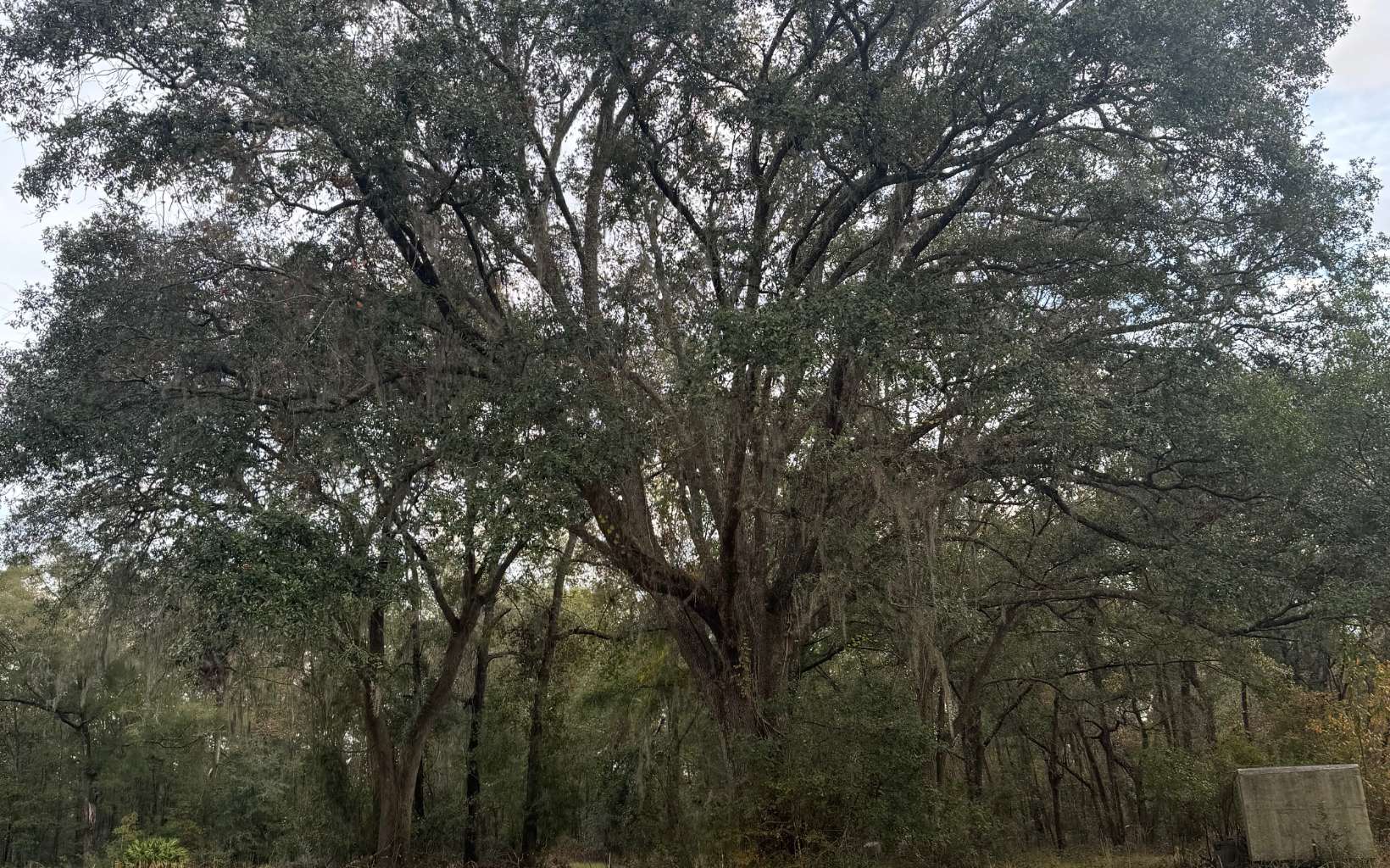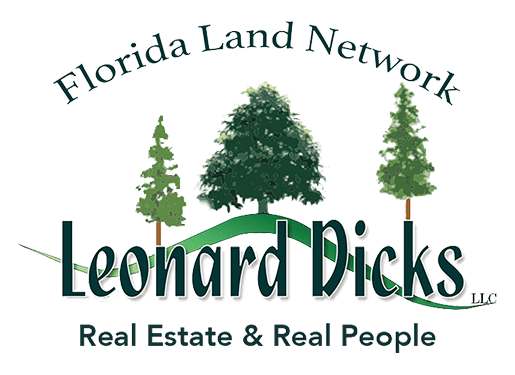 Managing timberland in North Florida is both a rewarding and valuable venture, offering opportunities for long-term income and sustainable land stewardship. Whether you’re looking to maintain a family timber operation or explore timber as an investment, North Florida’s climate, soil, and forests make it an ideal location. This guide outlines the best practices for managing timberland to ensure profitability, sustainability, and ecological health.
Managing timberland in North Florida is both a rewarding and valuable venture, offering opportunities for long-term income and sustainable land stewardship. Whether you’re looking to maintain a family timber operation or explore timber as an investment, North Florida’s climate, soil, and forests make it an ideal location. This guide outlines the best practices for managing timberland to ensure profitability, sustainability, and ecological health.
Understanding Timberland in North Florida
North Florida’s timberland is largely composed of pine species such as loblolly, longleaf, and slash pine, which are well-suited to the region’s warm climate and well-draining soils. These tree species grow quickly and thrive in sandy or loamy soils, making them ideal for sustainable timber production. Timberland here offers multiple revenue opportunities, including lumber, wood pulp, and even carbon credits for conservation-focused owners.
The Natural Resources Conservation Service provides detailed soil surveys and land management resources that can help landowners understand the specific characteristics of their property. Accessing these resources gives you insight into which tree species are best suited for your timberland and how to manage the land based on its unique features.
1. Develop a Long-Term Management Plan
Creating a long-term management plan is essential for successful timberland ownership. A well-thought-out plan can help you optimize harvests, protect soil health, and maintain the ecological balance of the land. This plan should consider:
- Rotation Cycles: The time between planting and harvest affects timber quality and profitability. Pine trees, for example, typically have a 20- to 30-year rotation for sawtimber, while pulpwood rotations may be shorter.
- Harvesting Methods: Selective thinning, clear-cutting, and shelterwood cutting each have different effects on forest health and biodiversity. Work with a forestry consultant to determine the best method for your property.
- Replanting and Regeneration: After harvesting, replant with species that are adapted to the soil and climate of North Florida. This ensures long-term productivity and helps prevent erosion.
The Florida Forest Service provides resources and assistance for developing forest management plans tailored to specific goals, whether for economic return, wildlife habitat, or recreation.
2. Implement Sustainable Harvesting Practices
Sustainable harvesting ensures that timberland remains productive for future generations while maintaining the health of the surrounding ecosystem. Techniques such as selective thinning allow you to remove certain trees to improve the growth of remaining trees without completely clearing the land. This approach not only optimizes timber production but also promotes a healthy, diverse forest structure that supports local wildlife.
Clear-cutting, if done strategically and responsibly, can also be sustainable. By dividing your land into smaller sections and rotating clear-cuts, you can maintain continuous growth on other parts of your property. Using buffer zones around rivers and wetlands protects water quality and reduces soil erosion. For more information on sustainable forestry practices, the U.S. Forest Service offers comprehensive guides that can help you design a harvesting plan that aligns with your environmental goals.
3. Focus on Soil Health and Erosion Control
Soil health is critical for sustainable timberland management. Timber operations can lead to soil compaction and erosion if not managed carefully. To protect soil health, use low-impact machinery and minimize heavy equipment use on wet soils to prevent compaction. Erosion control measures, such as establishing buffer zones and using cover crops, help maintain soil quality and prevent nutrient loss.
The Natural Resources Conservation Service provides guidance on erosion control methods and offers cost-sharing programs to support landowners in implementing soil conservation practices. By focusing on soil health, you ensure that your timberland remains productive and resilient, even after multiple harvests.
4. Protect and Enhance Wildlife Habitats
Healthy timberland supports diverse wildlife, including deer, turkeys, and various bird species. To encourage a balanced ecosystem, incorporate wildlife habitats into your land management plan. Retaining a mix of tree species and ages, leaving snags (dead trees), and creating understory vegetation zones all contribute to a thriving habitat for local fauna.
Consider maintaining riparian buffers along water bodies, as these areas support amphibians, fish, and bird species by providing shade, food, and breeding grounds. For landowners interested in wildlife management, the Florida Fish and Wildlife Conservation Commission offers resources on creating habitats within timberland for game and non-game species alike. These efforts not only benefit the environment but can also enhance hunting and eco-tourism opportunities on your property.
5. Monitor for Pests and Diseases
Timberland in North Florida is susceptible to various pests and diseases, such as southern pine beetles, which can damage or kill large sections of forest if not managed. Regularly monitoring your timberland for signs of pests or disease helps prevent outbreaks from spreading. Engage in preventative measures, such as thinning dense tree stands and maintaining overall tree health, as healthy trees are more resilient to pest infestations.
If an infestation does occur, the Florida Forest Service provides management assistance and can recommend treatment options to mitigate pest damage. Their forest health programs help landowners address these issues promptly and effectively.
6. Diversify Income Sources on Your Timberland
While timber sales are the primary source of income for most timberland owners, diversifying your revenue streams can increase profitability and make the land more financially resilient. Some additional income opportunities include:
- Recreational Leasing: Leasing land for hunting, fishing, or eco-tourism can provide seasonal income. Timberland with healthy wildlife habitats is particularly appealing for hunting leases.
- Carbon Credits: Forests act as carbon sinks, and some organizations offer carbon credits for landowners who commit to sustainable forest management or conservation. This can be an additional income source while contributing to environmental preservation.
- Non-Timber Forest Products: Consider harvesting pine straw, mushrooms, or medicinal plants that naturally grow on the property. These can be sold locally and provide supplementary income.
The Florida Department of Agriculture and Consumer Services provides programs and guidelines on alternative revenue options for forest landowners, helping you make the most of your investment.
7. Take Advantage of Financial Assistance and Tax Incentives
Florida offers several financial assistance programs and tax incentives designed to support sustainable forestry. Landowners may qualify for cost-sharing programs, which reduce the expense of reforestation, erosion control, and habitat enhancement. Florida also offers tax benefits for land actively managed for timber production, making it easier for owners to invest in long-term sustainability.
The Florida Forest Service and Natural Resources Conservation Service have details on cost-sharing and grant programs. These incentives help offset management costs and encourage sustainable practices, making timberland ownership in North Florida more economically viable.
8. Stay Informed and Adapt to Environmental Changes
Timberland management requires staying updated on environmental and market trends, including climate changes that may impact tree growth or pest cycles. Attending workshops, networking with other timberland owners, and consulting forestry experts can help you adapt your management strategies over time.
Organizations like the University of Florida’s Institute of Food and Agricultural Sciences provide educational resources, workshops, and research specific to forestry and environmental changes in North Florida. Keeping up with new practices, regulations, and market shifts ensures that your timberland remains profitable, resilient, and ecologically balanced.
Are You Buying a Home or Land for Sale in Lake City?
If you’re moving to Lake City, we can help you find the perfect place to live. Call us at 386-243-0124 to tell us what you want from your home and we will begin searching right away.
Check these out:
- Paved road frontage for sale in Columbia County
- Non-deed-restricted land for sale in Columbia County
- Wooded oak tree land for sale in Columbia County
- Land-for-land home combo in Lake City
- Waterfront residential in Lake City
- Waterfront land in Columbia County
- Bank-owned homes and foreclosure in Columbia County
- Short sales in Columbia County



